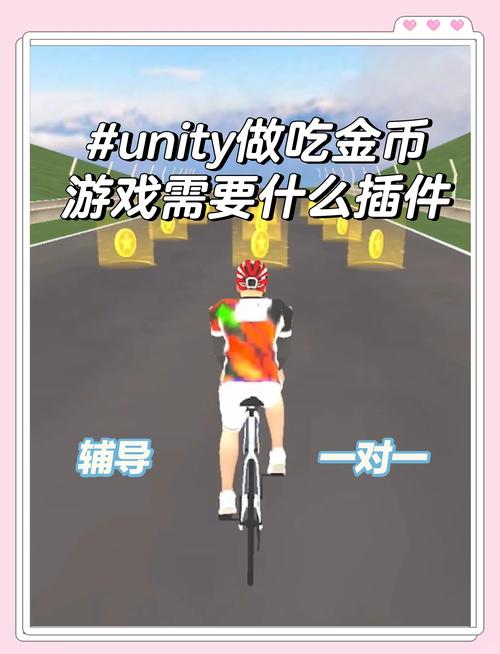How to Give Yourself Money in a Unity Game
Creating a game where you can give yourself money can be a fun and engaging experience. Whether you’re developing a simulation game or a simple mini-game, adding this feature can enhance the gameplay and provide a sense of control and power to the player. In this article, I’ll guide you through the process of implementing a money-giving system in a Unity game, covering various aspects such as coding, UI design, and gameplay mechanics.
Setting Up the Project
Before diving into the code, it’s essential to set up your Unity project correctly. Create a new Unity project and import any necessary assets, such as sprites or fonts, depending on your game’s style.

Creating the Money System
The first step is to create a money system that will keep track of the player’s balance. To do this, you can create a simple script called “MoneyManager.cs” and attach it to an empty GameObject in your scene.
“`csharpusing UnityEngine;public class MoneyManager : MonoBehaviour{ public static int moneyBalance = 0; public void AddMoney(int amount) { moneyBalance += amount; } public void RemoveMoney(int amount) { if (moneyBalance >= amount) { moneyBalance -= amount; } }}“`
This script provides two methods: “AddMoney” and “RemoveMoney.” The “AddMoney” method increases the player’s balance by the specified amount, while the “RemoveMoney” method decreases the balance if the player has enough money.
UI Design
Next, you’ll need to create a user interface (UI) to display the player’s money balance. You can use Unity’s UI system to create a simple text display that shows the current balance.
1. Create a new UI Text GameObject in your scene and position it on the screen where you want the money balance to be displayed.
2. In the Text component, set the “Text” field to “Money Balance: $” + MoneyManager.moneyBalance.
3. Create a button GameObject and position it next to the text display. Set the button’s “On Click” event to call a method that adds money to the player’s balance.
“`csharppublic void GiveMoney(){ MoneyManager.AddMoney(100); UpdateBalance();}private void UpdateBalance(){ moneyBalanceText.text = “Money Balance: $” + MoneyManager.moneyBalance;}“`
This script adds 100 dollars to the player’s balance and updates the UI text display accordingly.
Gameplay Mechanics
Now that you have the money system and UI in place, you can start implementing gameplay mechanics that allow the player to give themselves money. Here are a few ideas:
-
Unlockable Money: Create a system where the player can unlock new ways to give themselves money, such as finding hidden objects or completing certain tasks.
-
Power-Ups: Implement power-ups that temporarily increase the player’s money balance, providing a strategic advantage in the game.
-
Quests: Design quests that reward the player with money for completing specific objectives.
Testing and Refining
Once you’ve implemented the money system and gameplay mechanics, it’s crucial to test the game thoroughly. Make sure that the money system works correctly, the UI is easy to understand, and the gameplay mechanics are fun and engaging.
Don’t hesitate to refine the system based on player feedback and your own observations. You may need to adjust the balance, add new features, or improve the UI to create the best possible experience for your players.
Conclusion
Implementing a money-giving system in your Unity game can be a rewarding and enjoyable experience. By following the steps outlined in this article, you can create a fun and engaging game that allows players to control their own financial destiny. Happy coding!


